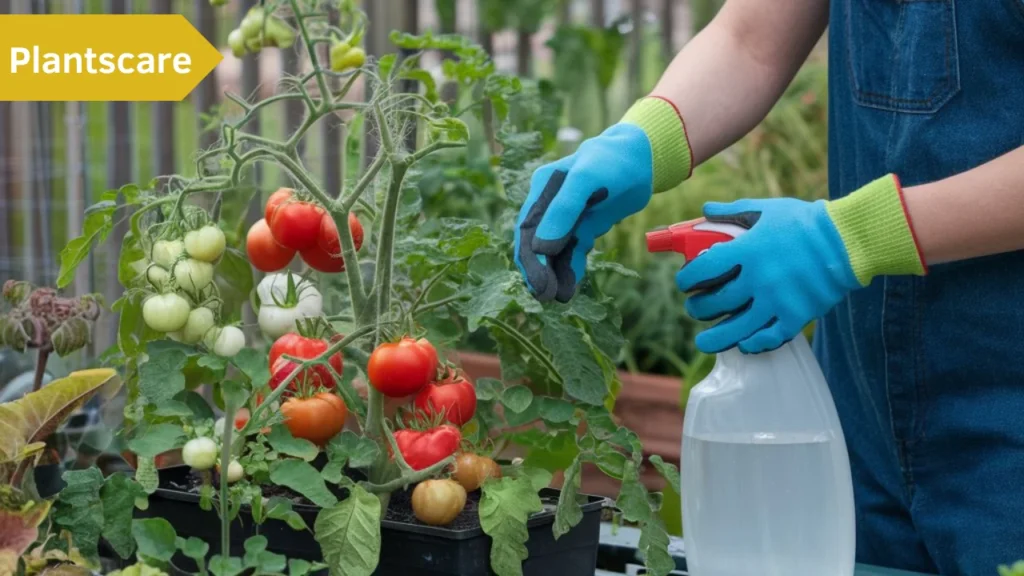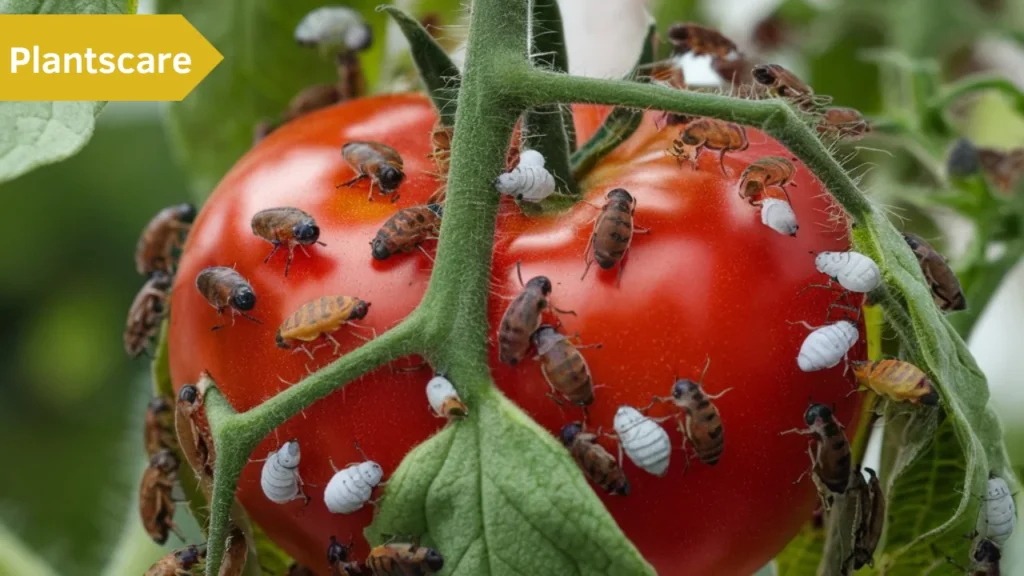Baking soda is one of those magical household items with a million uses, but did you know it’s also a fantastic tool for your garden? Specifically, using “Baking soda for tomato plants” has gained popularity among gardeners for its natural benefits. Whether you’re dealing with pests, or fungal diseases, or just want a healthier plant, baking soda can be a game-changer. Let’s dive into how you can use it and why it works so well.
What is baking soda?
Baking soda, or sodium bicarbonate, is a naturally occurring compound that’s used in a variety of ways, from cooking to cleaning. In the gardening world, it’s celebrated for its ability to combat pests and diseases without resorting to harsh chemicals. It’s environmentally friendly, inexpensive, and easy to find, making it a go-to for organic gardeners.
Why use baking soda in your garden?
So, why should you use baking soda on your tomato plants? The answer is simple: it’s a multi-purpose solution for common gardening problems. Baking soda acts as a fungicide, a pest deterrent, and can even help with soil pH levels. It’s a natural alternative to store-bought chemicals, making it perfect for those who want to keep their gardens eco-friendly.
Benefits of baking soda for tomato plants
Natural fungicide
Tomatoes are particularly prone to fungal diseases like blight and mildew. Baking soda can help prevent and treat these issues by altering the pH of the plant’s surface, making it less favorable for fungi to grow.
Pest deterrent
Baking soda is not only good for fighting off diseases; it also helps repel pests like aphids, spider mites, and whiteflies. These pests can wreak havoc on your tomato plants, and using baking soda provides a natural, chemical-free way to keep them at bay.
pH balancer
Tomatoes thrive in slightly acidic soil, and baking soda can help balance out overly acidic conditions. By adjusting the pH of both the plant and the surrounding soil, you create a healthier environment for your tomatoes to grow.
How baking soda works on tomato plants
Baking soda works by altering the pH levels on the surface of the plant. Most fungal spores require a specific pH to thrive. By spraying a baking soda solution on your tomato plants, you create a hostile environment for these spores, preventing them from spreading. Similarly, the abrasive nature of baking soda can irritate and repel soft-bodied insects, making your plants less appealing to them.

Baking soda spray recipe
Here’s a simple recipe for a baking soda spray that can be used on your tomato plants:
1 tablespoon of baking soda
1 gallon of water
A few drops of liquid soap (optional, to help the solution stick)
Step-by-step application process
Mix the baking soda and water thoroughly in a spray bottle.
A few drops of liquid soap will assist the mixture stick to the leaves of the plant.
Spray the solution onto your tomato plants, focusing on the leaves and stems.
Apply in the early morning or late evening to avoid burning the plants in the sun.
Preventing fungal diseases with baking soda
Common fungal issues in tomatoes
Tomato plants are vulnerable to fungal diseases like powdery mildew, early blight, and leaf mold. These illnesses have a rapid spread, particularly in humid environments.
How baking soda prevents disease
Baking soda helps by altering the surface pH of the tomato plant, creating an environment that’s inhospitable for fungal spores. It acts as a preventative measure, reducing the likelihood of infections taking hold.
Using baking soda for pest control
Which pests does it repel?
Baking soda is effective against a range of garden pests, including:
Aphids
Spider mites
Whiteflies
Ants

How to use It effectively
To maximize its pest-repelling properties, apply the baking soda spray every 7-10 days or after heavy rain. This keeps the solution active on the plant’s surface and deters pests from returning.
Baking soda and soil pH levels
How baking soda affects pH
Baking soda is slightly alkaline, so when applied to soil, it can help neutralize excess acidity. Tomatoes prefer slightly acidic to neutral soil, so if your soil is too acidic, a little baking soda can help balance it out.
When to adjust pH with baking soda
If you’ve tested your soil and found that it’s too acidic, baking soda can be a quick fix. However, use it sparingly to avoid throwing off the balance too much.
The science behind baking soda and tomato plants
The reason baking soda works so well lies in its chemistry. As a weak base, it helps neutralize acids and alters the pH of the plant’s surface. This creates a hostile environment for both fungi and pests, without damaging the plant itself.
How often should you use baking soda?
You don’t need to apply baking soda daily. In fact, overuse can lead to damage. A general guideline is to use it every 7-10 days, or whenever you notice signs of fungal disease or pests. It’s also a good idea to apply after heavy rain, which can wash the solution away.
Potential risks of overusing baking soda
While baking soda is a natural solution, overusing it can lead to an imbalance in your soil’s pH. If the pH becomes too high, it can prevent your tomato plants from absorbing essential nutrients. Always monitor the condition of your plants and soil when using baking soda regularly.
Baking soda as part of a larger garden care routine
Baking soda shouldn’t be your only line of defense when caring for tomato plants. It works best as part of a larger, holistic garden care routine that includes proper watering, fertilization, and pest control.
Common myths about baking soda in the garden
There are some misconceptions about using baking soda in the garden. For instance, some people believe it can cure every plant disease or instantly fix pH imbalances. While it’s helpful, baking soda is not a magic bullet and should be used as part of a broader plant care strategy.
Conclusion
Baking soda is a versatile, natural tool that can benefit your tomato plants in many ways, from preventing fungal diseases to deterring pests and balancing pH levels. However, like any garden remedy, it’s important to use it properly and in moderation. By incorporating it into a balanced garden care routine, you can enjoy healthier, more productive tomato plants.
FAQs
Can I use baking soda on other plants?
Yes! Baking soda can be used on a variety of plants that are prone to fungal diseases and pests.
Is baking soda safe for the environment?
Yes, baking soda is a natural substance and doesn’t harm the environment when used responsibly.
How often should I spray baking soda on my tomato plants?
Every 7-10 days or after a rainstorm is usually sufficient.
Can baking soda harm my plants?
Overuse can lead to imbalances in soil pH, so be careful not to use it too frequently.
Do I need to rinse off the baking soda spray?
No, the spray can be left on the plant, but avoid applying during peak sun hours to prevent leaf burn.